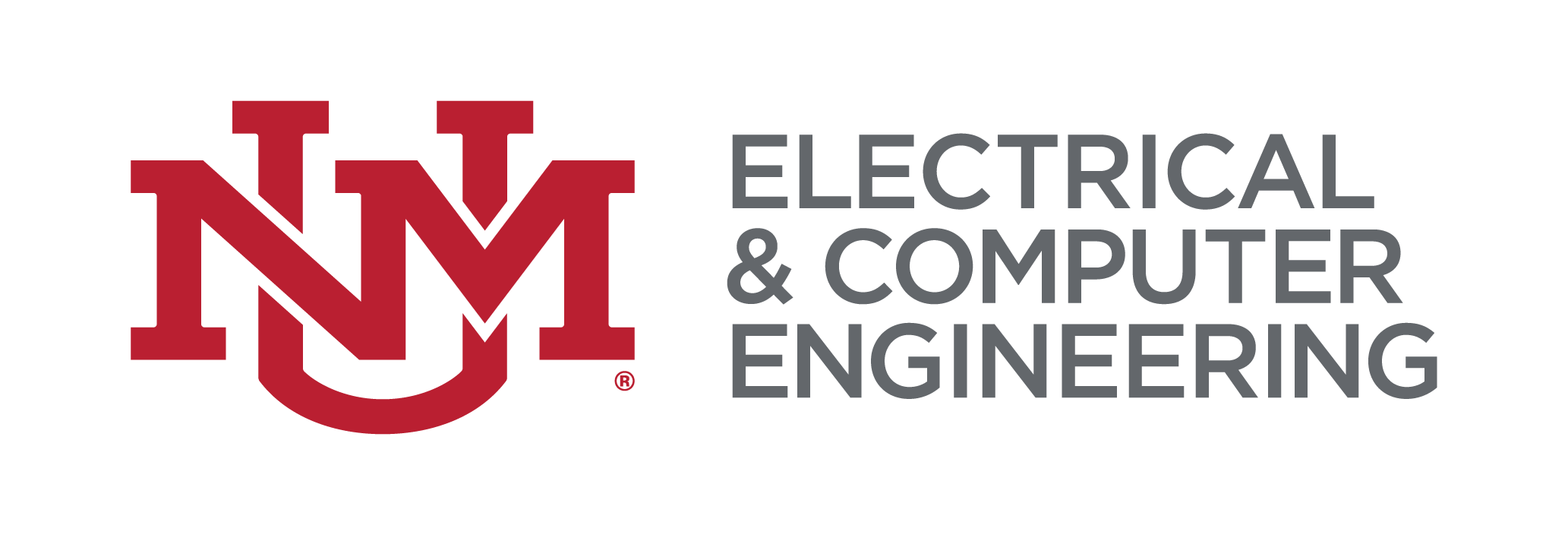Recent News
October 31 seminar: Adarsh Venkataramani
October 29, 2025
October 24 seminar: Jon Loftin
October 21, 2025
UNM professor Milad Marvian receives DOE Early Career Research Award
October 17, 2025
October 3 seminar: Viktoriia Babicheva
October 1, 2025
News Archives
Seminar: Boris Kiefer
May 1, 2025

May 2, 2025
Analog Frontiers: Neuromorphic Devices and Quantum Photonic Processors
Boris Kiefer, New Mexico State University
3:00 pm, UNM Centennial Engineering Center, Room 1026
Online Guests: Contact Prof. Osiński <osinski@chtm.unm.edu> for a Zoom link
Abstract: For decades, the strict separation of processor and memory in von Neumann computing architectures has been recognized as a major obstacle for reducing computing energy consumption. At the same time, we face the physical limits of transistor miniaturization and its rising leakage and interconnect overheads. In response, two complementary paradigms— bio-inspired neuromorphic computing and roomtemperature quantum photonics—offer radically new pathways to ultra-efficient information processing. Neuromorphic hardware leverages analog, statedependent devices (e.g. phase-change materials or magneto-structural elements) to co-locate memory and computation, achieving the brain-inspired synapse-like plasticity with atto- to femtojoule-scale updates at room temperature. Quantum photonic architectures, meanwhile, encode and process information in photons and optical cluster states, exploiting bosonic interference and measurement-based gates to perform computation with minimal static power and no cryogenic overhead. I will discuss how these platforms point to a new era of inmemory, low-overhead operations: neuromorphic devices emulate neural dynamics at the device level, while photonic circuits realize fault-tolerant quantum logic in integrated waveguides, both promising orders-ofmagnitude energy savings over conventional digital and cryogenic approaches.
Bio: Dr. Boris Kiefer received a diploma in Physics from the University of Göttingen in 1994, where he performed computational research on metallic glasses and their properties. After moving to the U.S. in 1996, he completed his Ph.D. in 2002 in the Department of Geological Sciences at the University of Michigan. The following year he spent as a postdoc in the Geosciences Department at Princeton University, before joining the Physics faculty at New Mexico State University. He was tenured in 2009 and promoted to full professor in 2016. Initially concentrating on the computational exploration of Earth and planetary materials, he has since turned his attention to discovering materials for technological applications and to harnessing photonics for energy-efficient computing architectures.
